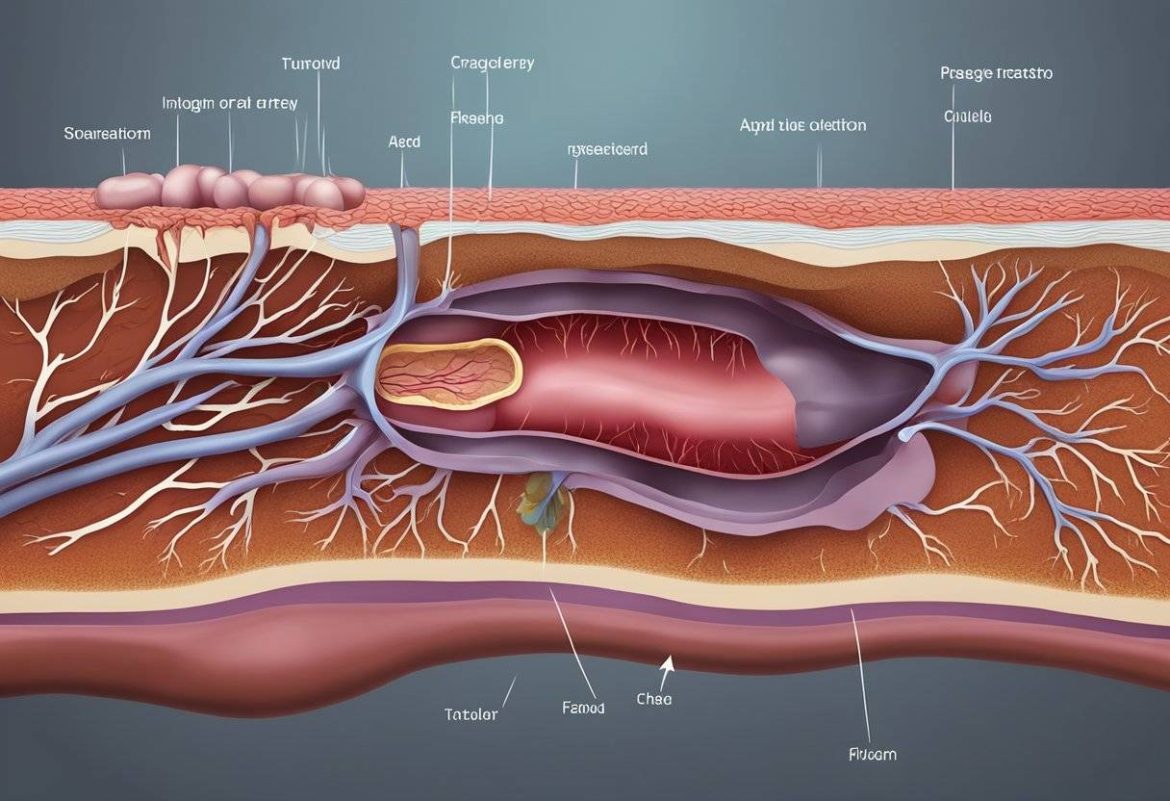Congenital heart disease (CHD) is a broad term encompassing a range of heart defects present at birth. These defects, affecting the structure and function of the heart, are the most common type of birth defect, impacting nearly 1% of all births worldwide. The causes of CHD are multifactorial and complex, involving genetic, environmental, and maternal factors. This article delves into the intricate mechanisms and contributing factors that lead to the development of congenital heart disease.
How Is CHD Caused?
Genetic Factors
Chromosomal Abnormalities
Chromosomal abnormalities play a significant role in the development of congenital heart disease. These abnormalities can be numerical or structural:
Numerical Abnormalities: Conditions such as Down syndrome (Trisomy 21) and Turner syndrome (monosomy X) are strongly associated with various forms of CHD. For example, approximately 40-50% of individuals with Down syndrome have congenital heart defects, the most common being atrioventricular septal defects (AVSDs).
Structural Abnormalities: These involve deletions, duplications, or translocations of chromosome segments. The most notable example is the 22q11.2 deletion syndrome (DiGeorge syndrome), which is frequently associated with conotruncal defects such as tetralogy of Fallot and interrupted aortic arch.
see also: What New Drugs Will Unclog Arteries in 2024?
Single Gene Mutations
Mutations in specific genes can lead to congenital heart disease. These mutations can be inherited in an autosomal dominant, autosomal recessive, or X-linked manner. Examples include:
NKX2-5: Mutations in this gene are linked to atrial septal defects (ASDs) and other cardiac anomalies.
GATA4: This gene is crucial for cardiac development, and mutations can result in ASDs and ventricular septal defects (VSDs).
TBX5: Mutations are associated with Holt-Oram syndrome, characterized by limb abnormalities and cardiac defects such as ASDs and VSDs.
Genetic Syndromes
Several genetic syndromes are associated with congenital heart disease, demonstrating the interplay between genetic factors and CHD.
Some examples include:
Marfan Syndrome: Caused by mutations in the FBN1 gene, leading to connective tissue abnormalities and often associated with aortic aneurysm and mitral valve prolapse.
Noonan Syndrome: Associated with mutations in genes such as PTPN11, resulting in a variety of cardiac defects, including pulmonary valve stenosis and hypertrophic cardiomyopathy.
Environmental Factors
Maternal Illnesses
Maternal health conditions during pregnancy can significantly influence the development of CHD in the fetus. Some notable conditions include:
Diabetes Mellitus: Pregestational diabetes is a well-known risk factor for congenital heart defects. Poorly controlled blood sugar levels can lead to a range of cardiac anomalies, including transposition of the great arteries (TGA) and VSDs.
Infections: Certain infections during pregnancy, such as rubella, can increase the risk of CHD. Rubella infection, particularly in the first trimester, can lead to conditions like patent ductus arteriosus (PDA) and pulmonary stenosis.
Teratogens
Exposure to teratogens—substances that can cause congenital abnormalities—during pregnancy can result in CHD. These include:
Medications: Certain medications, such as isotretinoin (used for severe acne) and thalidomide, are known teratogens that can lead to severe congenital heart defects.
Alcohol: Maternal alcohol consumption during pregnancy can result in fetal alcohol syndrome (FAS), characterized by growth deficiencies, facial abnormalities, and a high incidence of CHD such as VSDs and ASDs.
Recreational Drugs: The use of recreational drugs like cocaine and certain amphetamines during pregnancy is linked to an increased risk of CHD.
Maternal Lifestyle and Environmental Exposures
Other maternal lifestyle factors and environmental exposures can also contribute to the risk of CHD. These include:
Smoking: Maternal smoking during pregnancy is associated with an increased risk of congenital heart defects, including septal defects and conotruncal anomalies.
Diet and Nutrition: Poor maternal nutrition, particularly folate deficiency, has been linked to an increased risk of congenital heart defects. Folate is crucial for DNA synthesis and repair, and its deficiency can disrupt normal cardiac development.
Environmental Toxins: Exposure to environmental toxins, such as certain pesticides and industrial chemicals, during pregnancy can increase the risk of CHD.
Epigenetic Factors
Epigenetic mechanisms, which involve changes in gene expression without altering the underlying DNA sequence, also play a role in the development of CHD. Epigenetic modifications can be influenced by both genetic and environmental factors.
Examples include:
DNA Methylation: Aberrant DNA methylation patterns can disrupt normal cardiac development and lead to congenital heart defects.
Histone Modification: Changes in histone proteins, which help package DNA into chromatin, can affect gene expression and contribute to CHD.
Maternal Age and Health
Advanced Maternal Age
Advanced maternal age (defined as 35 years or older) is associated with an increased risk of CHD in offspring. The exact mechanisms are not fully understood, but it is believed that age-related changes in oocytes (egg cells) and increased exposure to environmental factors over time may contribute to this increased risk.
Maternal Health Conditions
Certain preexisting maternal health conditions can also increase the risk of CHD. These include:
Hypertension: Chronic hypertension during pregnancy can lead to a range of complications, including an increased risk of CHD in the baby.
Obesity: Maternal obesity is associated with an increased risk of various congenital anomalies, including CHD. Obesity-related metabolic changes and inflammation are thought to play a role in this increased risk.
Interplay of Multiple Factors
The development of congenital heart disease is rarely due to a single factor. Instead, it often involves a complex interplay of multiple genetic, environmental, and maternal factors. For example, a genetic predisposition to CHD may be exacerbated by environmental exposures or maternal health conditions, leading to the manifestation of the disease.
Conclusion
Congenital heart disease is a complex condition with multifactorial origins. Understanding the causes of CHD involves examining the intricate interplay between genetic, environmental, and maternal factors. While significant progress has been made in identifying the factors contributing to CHD, much remains to be learned about the precise mechanisms and interactions involved. Ongoing research in genetics, epigenetics, and maternal-fetal health is crucial for improving our understanding of CHD and developing effective prevention and treatment strategies.

